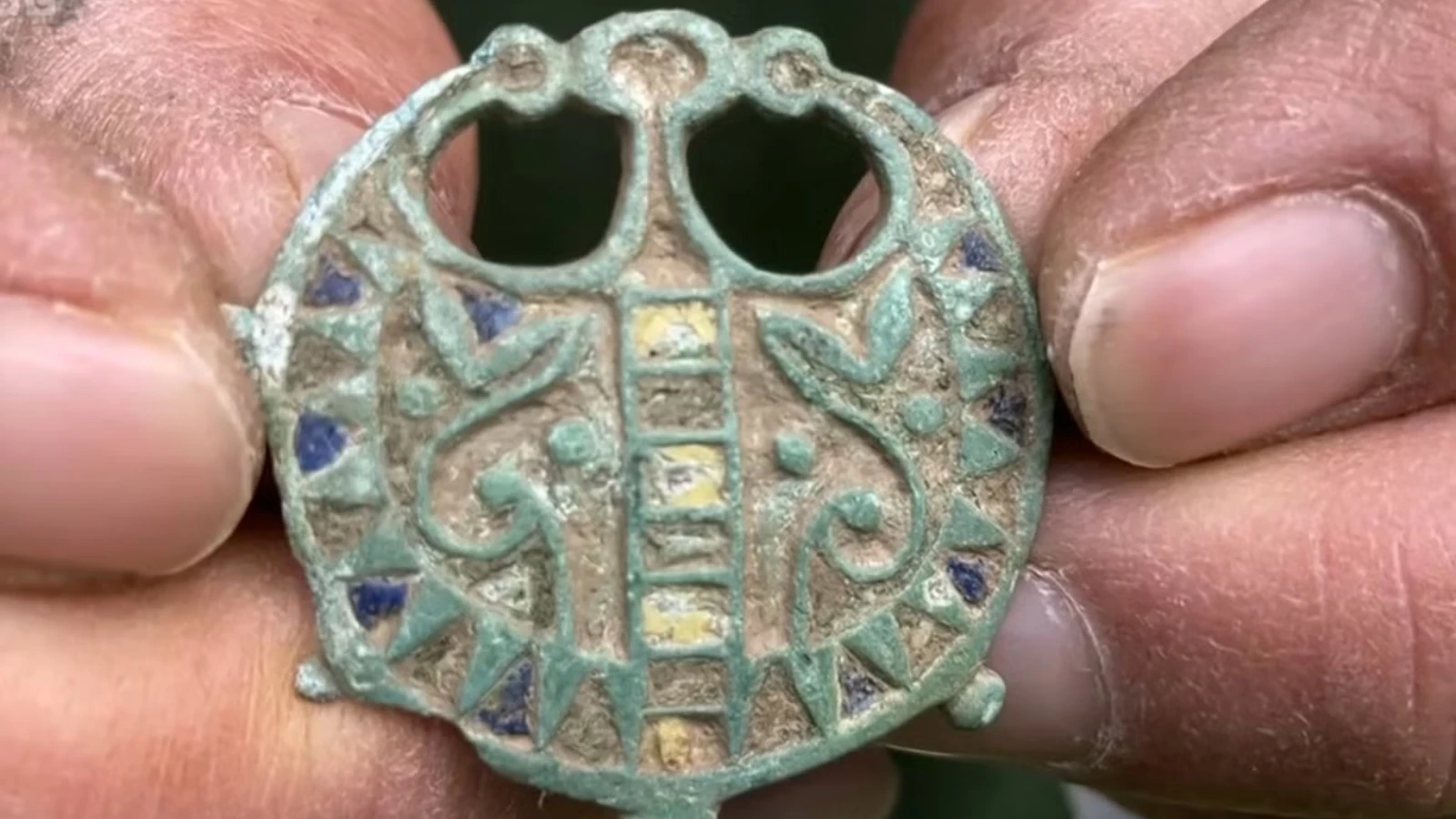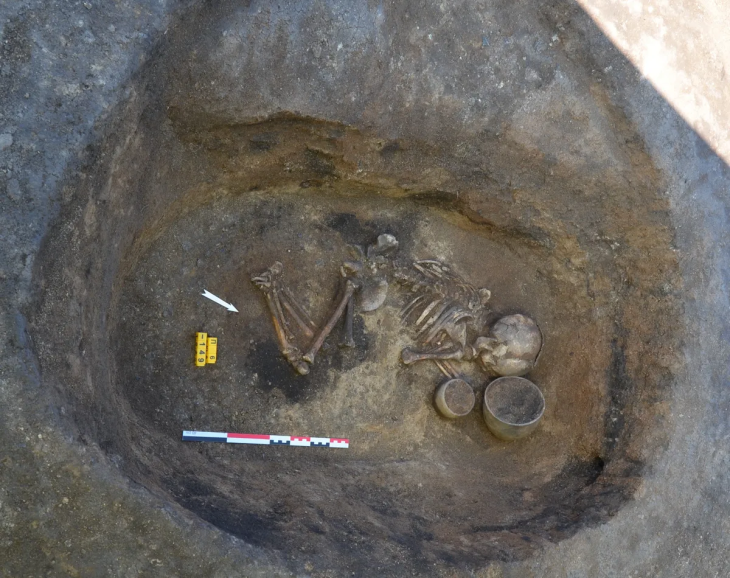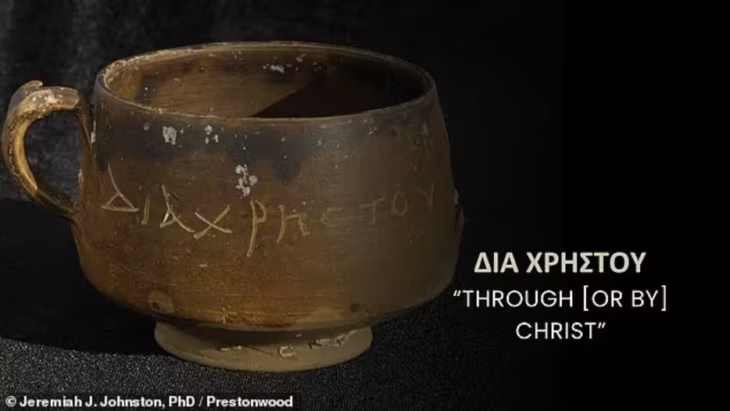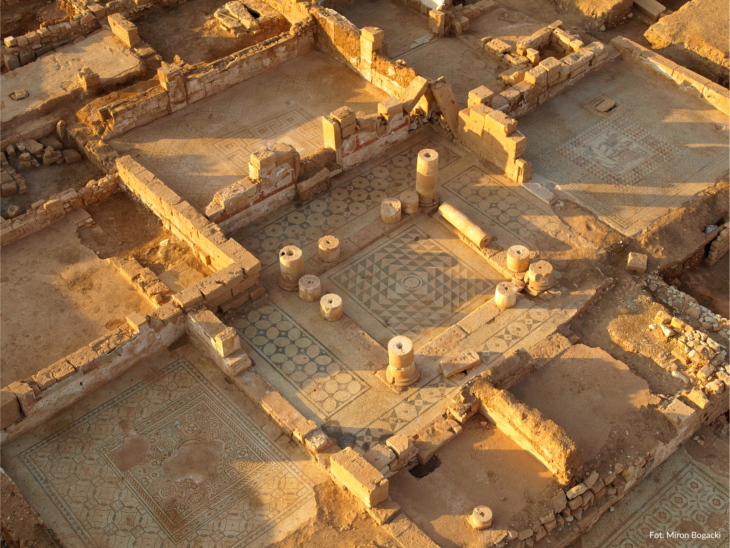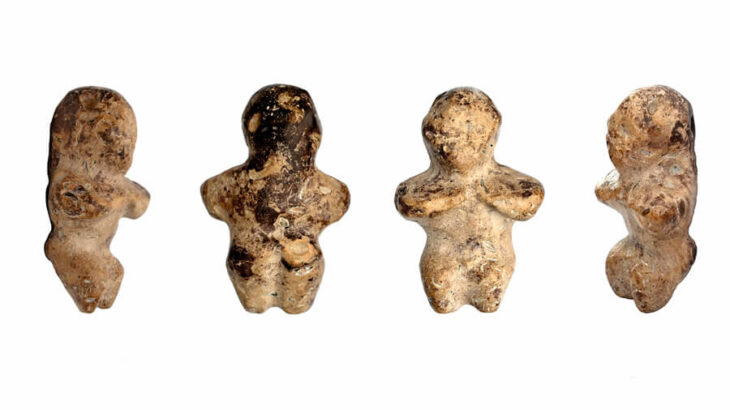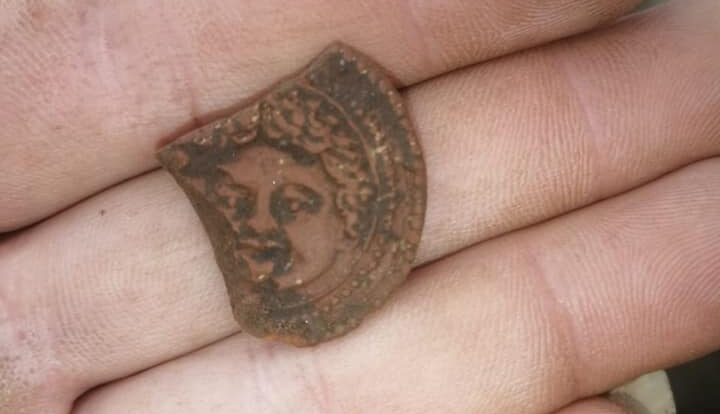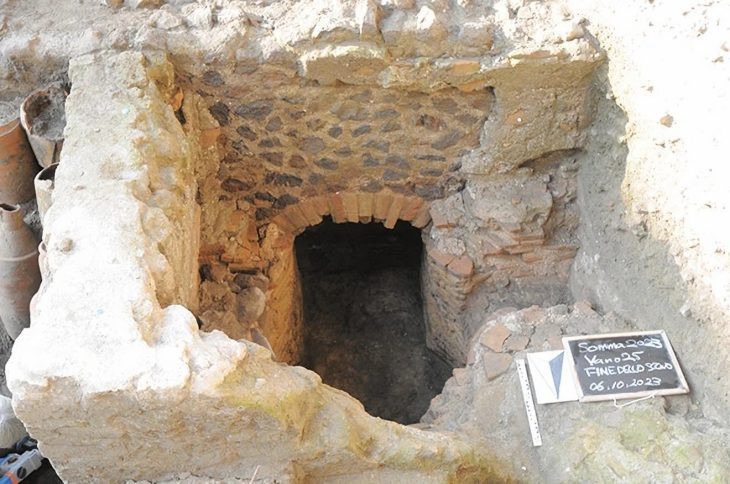A metal detectorist in Dorset, southwest England, has unearthed a 2,000-year-old Roman brooch. Initially mistaken for a child’s toy, the rare find sheds light on Roman Britain and the enduring allure of metal detecting.
A Lucky Mistake in Dorset
What looked like a child’s lost trinket turned out to be a rare Roman brooch nearly 2,000 years old, uncovered by metal detectorist Martin Williams in a ploughed field near Dorchester. The 54-year-old estate maintenance manager, who has been metal detecting for just four years, initially tossed the object into his bag of scrap before realizing its true significance.
Williams explained that at first glance the find resembled a child’s badge or toy car. “It was only when I cleaned it at home that I saw the bronze material and thought, ‘thank God I didn’t break it,’” he said. The brooch, identified as dating between 1,800 and 2,000 years ago, likely belonged to someone living during the period of Roman rule in Britain (43–410 AD).
Rare Find for Dorset
Local experts confirmed that the brooch is an “unusual item for Dorset” and not a common type nationally. Its discovery adds to the growing evidence of Roman presence in the region, even though no Roman road directly crosses the field. Williams believes an abandoned medieval church nearby may have been connected to the object’s history.
The site has yielded impressive finds before: 14 Bronze Age axe heads, now in the British Museum, as well as more than 30 Roman coins and two medieval posie rings, each valued at over £1,000. These discoveries highlight the archaeological richness of Dorset’s farmland, where centuries of activity lie buried just beneath the soil.
📣 Our WhatsApp channel is now LIVE! Stay up-to-date with the latest news and updates, just click here to follow us on WhatsApp and never miss a thing!!
The World of Roman Brooches
Brooches were not mere ornaments in Roman Britain. They served a functional role as clothing fasteners while also acting as displays of wealth, identity, and sometimes regional style. From simple utilitarian pins to elaborate decorative pieces, brooches are among the most frequently uncovered Roman artifacts across Europe.
The newly found brooch offers a glimpse into everyday life nearly two millennia ago, bridging the gap between personal fashion and broader cultural exchange in the Roman provinces. Its preservation is particularly lucky, considering Williams nearly discarded it among scrap metal.
Metal Detecting and the Law
In England, the hobby of metal detecting has surged in popularity in recent years, helped by the BBC comedy Detectorists, which inspired new enthusiasts across the country. Groups in Devon, Cornwall, and Dorset have even stopped taking new members due to demand.
Under the Treasure Act 1996, detectorists are legally required to report finds that may qualify as treasure—typically objects more than 300 years old and containing precious metals, or hoards of coins. If declared treasure, museums have the option to acquire the object, rewarding both finder and landowner. If not, items are usually returned.
Official reports show 1,377 treasure cases in 2022, a sharp rise compared to the previous year. These include remarkable discoveries such as the Chew Valley Hoard and a silver penny minted by Viking ruler King Guthrum, declared treasure in 2024 as the first known coin issued by a Viking king in Britain.
A Personal Passion for the Past
Williams, who uses a secondhand metal detector he bought for £600, says he spends much of his free time exploring local fields. Over just four years, he has filled “30 China chests” with artifacts, from medieval rings to ancient coins.
“I love the buzz of finding something untouched for hundreds, sometimes thousands of years, and then linking it together with history. It’s fascinating,” he explained. If the brooch is not acquired by a museum, he has even considered gifting it to the estate owners, who allow him to detect on their land.
For archaeologists and enthusiasts alike, the Dorset brooch serves as another reminder that Britain’s ancient past still lies hidden beneath its fields, waiting for a lucky eye and careful hand to bring it back into the light.
Cover Image Credit: BBC

